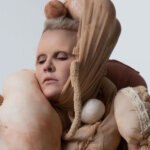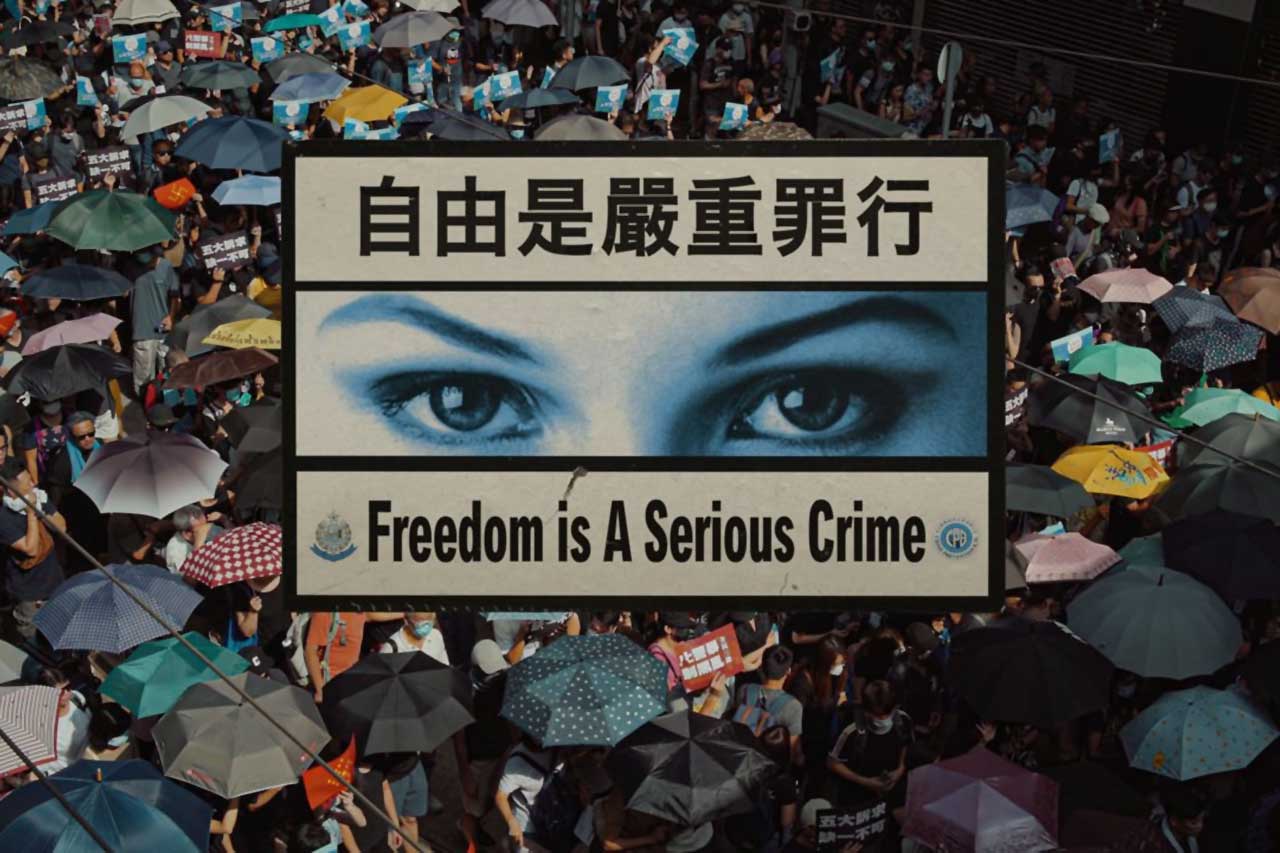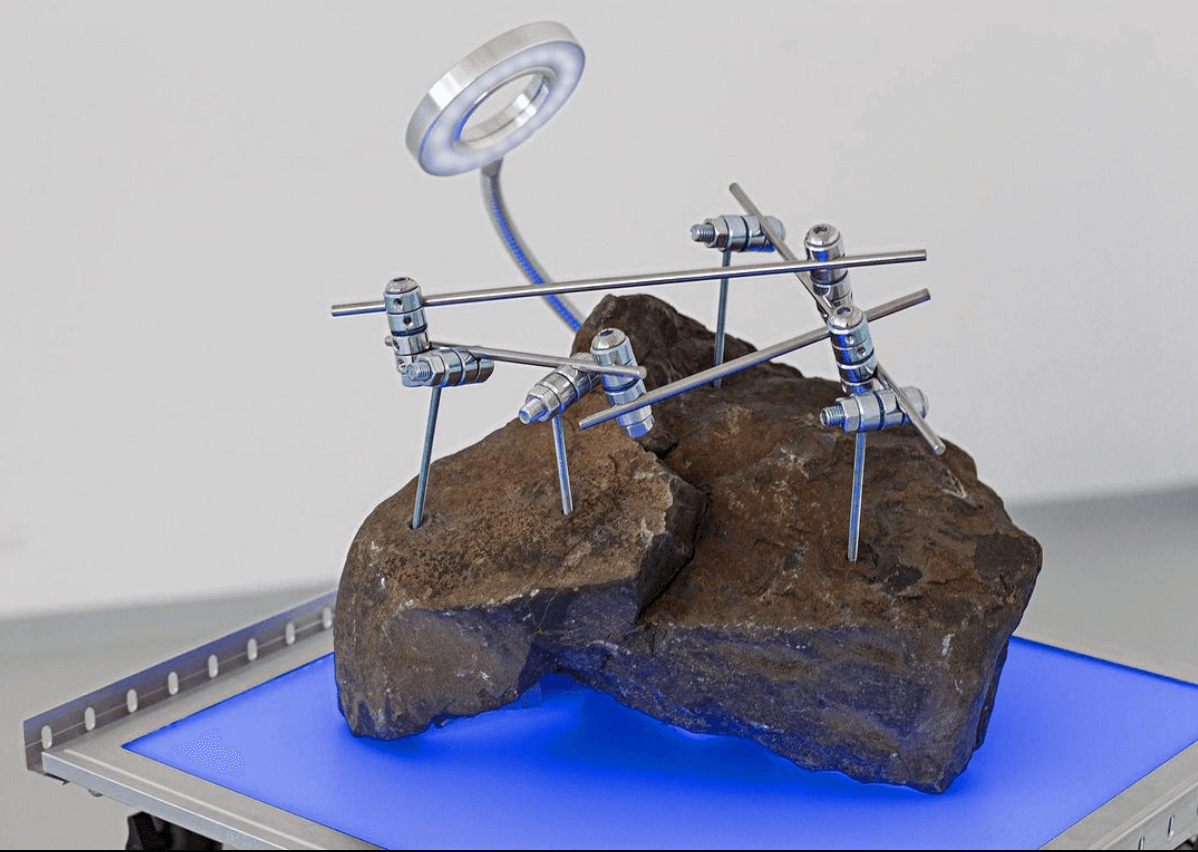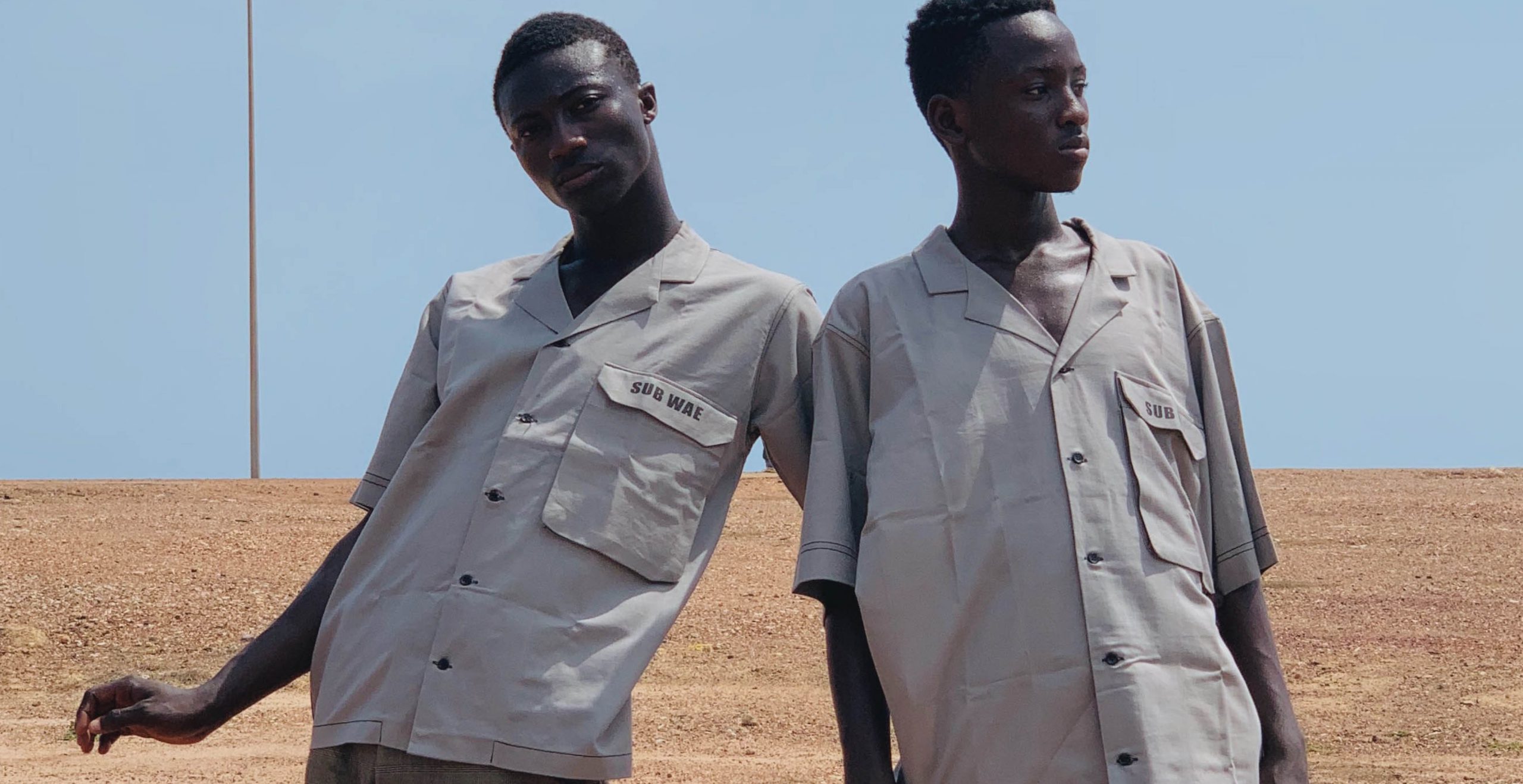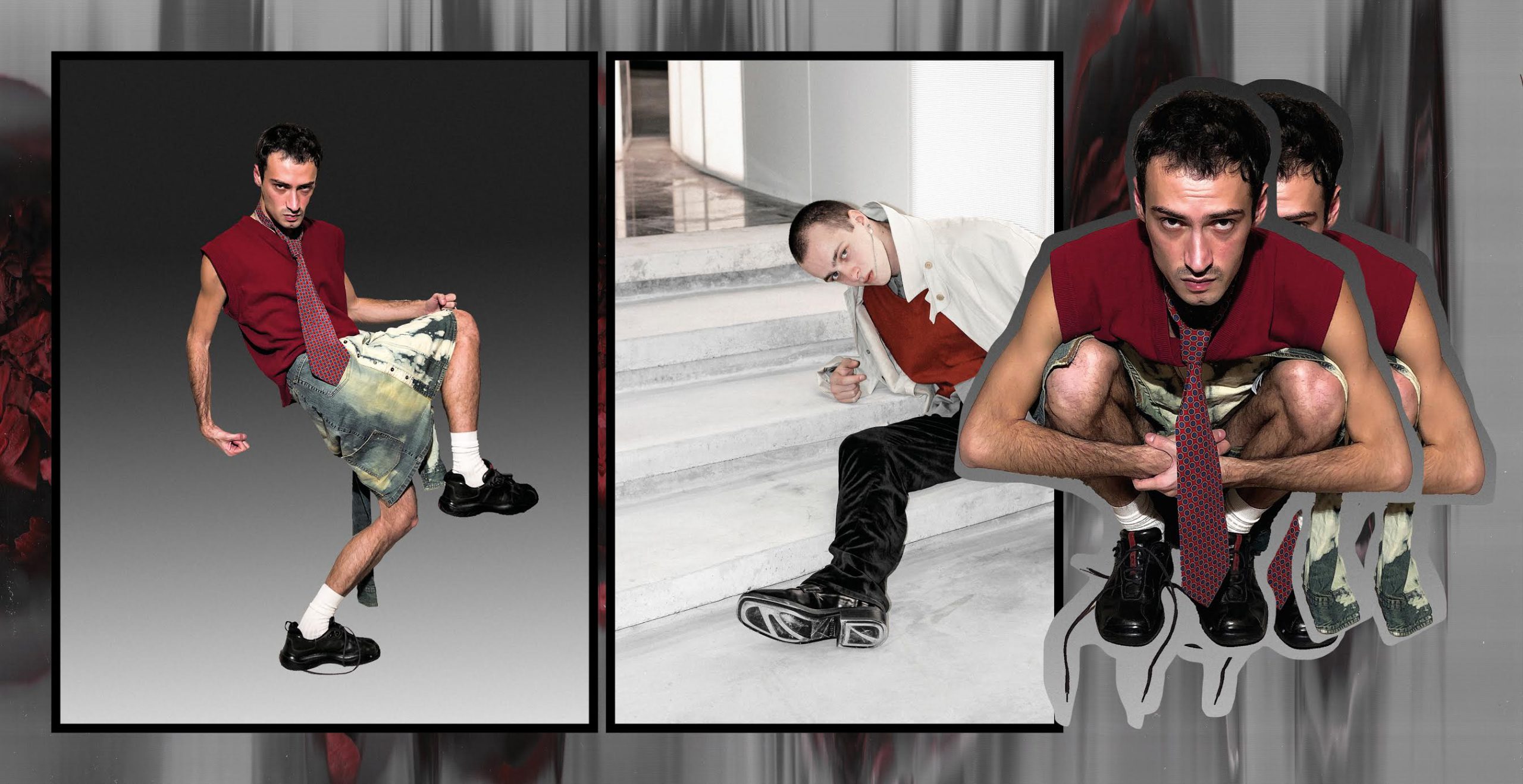Back in the ‘90s, low-rise trousers were the definition of fashion and naked hips the definition of beauty: skinny bodies against those above size 2. Trends like this have fed with fatphobia and hypersexualisation a culture perverted by gender norms, beauty standards and eating disorders, leaving many feeling alienated from their bodies, and in recent conversations, consumed by a hyper self-awareness of their flaws.
While these feelings have sprouted movements such as body positivity, aiming to change the judgemental way of looking at our bodies as per beauty ideals, many people are silent prisoners of their delusional self-perception — what’s been named body dysmorphia. Body dysmorphic disorder (BDD) is the over-emphasis on a specific body part which causes emotional and mental distress. As its name suggests, people with BBD see a distorted version of themselves and likewise believe that everyone else can easily see such flaws, even though they are barely noticeable.
BBD is surprisingly everywhere, it’s more common than anorexia and bulimia, and that might be because it goes beyond body image concerns. That being said, I come to the story of a friend, who continuously asked me on a night out about her ‘wobbly teeth’. She wouldn’t smile and would constantly go to the toilet to check on her wobbly teeth. This chased her for several weeks — although her dedication to dental hygiene and care has never left — but in other cases, this can go on and on for months and years. It’s as if our bodies have their own identity and we, our agency, are there only to cater to their anxieties.
And if that was true, there wouldn’t be a doubt that social ideals inform the body’s anxieties. Only look at how the Kardashians era has changed the direction of aesthetic aspirations, moving the conversation towards the ‘thick-slim’ type and widening the conversation about inclusivity, which, resonating with Grimes who told Julia Fox and Niki Takesh in the podcast Forbidden Fruits, has helped many to shed their body dysmorphia.
Slowly, this conversation is opening up. For instance, the exhibition Identity, held at the Zebra One Gallery in 2018, invited artists to destigmatise talking about self-perceptions that inform the way we think we are. In this exhibition, the prosthetic moulds of Leigh de Vries were exposed, a personal narrative of her experience dealing with BDD: a large tumour weighs down the side of her face, unveiling Leigh’s alarming way of seeing herself.
In other cases, queer and transgender people often suffer from BDD as their bodies don’t fit the standards of the genre they aim to embody or are supposed to be. Lady Gaga is a famous example of this, who has been open to talking about her body dysmorphia during her teens, and the way it’s marked her teenage years with eating disorders. Images of Lady Gaga, taken by photographer Derrick Santini in 2009, were on display at the exhibition as they reflect on Gaga’s concerns.
Talking about BBD isn’t easy just because talking about concerns regarding our appearance seems vain and superficial, an anti-statement to feminism and progressive thinking, a confirmation of our deliberate contribution to reinforcing images that favour the cis, white, skinny type. But can we be deliberate about the way we look at ourselves when our bodies are a recipient of social anxieties? And are we ready for more unattainable beauty ideals?
**Header image: artwork by Leigh de Vries, shot by Kloh-shee-Lee








